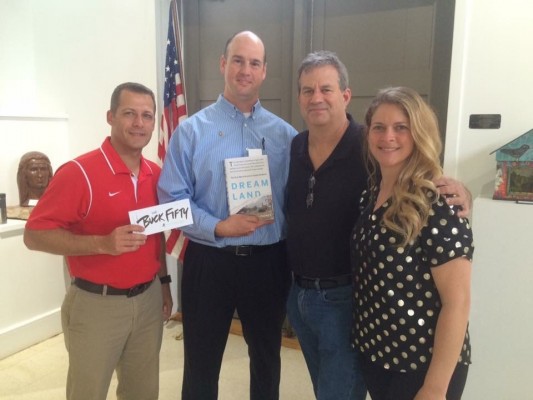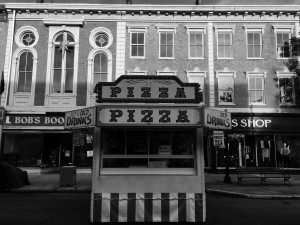One important thing my mother told me when I was growing up was that first I should find the work I loved to do in life. That if I did, or didn’t, it would affect all the other aspects of life: sleep, romance, family.
I’m lucky. I love what I do. I’ve been a journalist for 30 years and when I’m on my deathbed I’m quite sure I’ll be making deals with God, saying, I’m happy to go but just let finish this one story first. Nothing I’ve done in the last 30 years has been drudgery, tedium. It has been exciting, mentally stimulating — and it paid the bills.
That didn’t happen by chance. I worked at it very hard for many years. I was helped by several great editors who pushed me to learn the craft and forge a writing style – sometimes not so politely.
I was helped above all by my parents who did not give us what we wanted growing up. They gave us what we needed. They gave us education and experience, above all. They gave us far less stuff than other friends I grew up with were getting from their parents. Later in life, I was very happy that was true.
I bring this up because I believe it is relevant to the opiate-addiction epidemic we face as a nation and a culture.
Recovery from addiction, I believe, means finding fulfillment in some project, endeavor or work. Finding something you love to do, something that means more than dope, that stimulates your mind more.
One way we, as a culture, have failed our kids is that too often we believe the stuff they get (and have demanded) without working for it, and that we give them, is somehow going to help them be happy. We as a culture have avoided pain, run from it. And we want our kids to be spared any pain at all – even hard work. But no one find’s his calling in life without hard work, sometimes demeaning work.
I hated all the years I spent washing dishes in cafeterias and restaurants while I was in high school, but I’m plenty happy I did it for it taught me to do things I didn’t want to do, taught me how important education is, and that fulfillment comes from finding the work you love and spending your life trying to get good at it.
So many kids I see have been given far too much without working for it. Too many haven’t learned that through hard work, pushing yourself to seek that calling, you actually learn and achieve and feel good about what you’ve done.
On the other hand, heroin, seems to me, is simply the final “stuff” for a culture that believes that more stuff leads to happiness. (Writing about heroin these days is really another way of writing about America, who we are and what we’ve become, I’ve grown to believe.)
My mom was right. It’s through hard work in something you love that you achieve fulfillment.
I began to think about all this again when I read snippets from the philosopher John Dewey about how we find happiness.
Here are a couple:
“To find out what one is fitted to do and to secure an opportunity to do it is the key to happiness. Nothing is more tragic than failure to discover one’s true business in life, or to find that one has drifted or been forced by circumstance into an uncongenial calling.”
And …
“The opposite of a career is neither leisure nor culture, but aimlessness, capriciousness, the absence of cumulative achievement in experience, on the personal side, and idle display, parasitic dependence upon the others, on the social side.”
Interesting stuff, and relevant more than ever to today’s America.









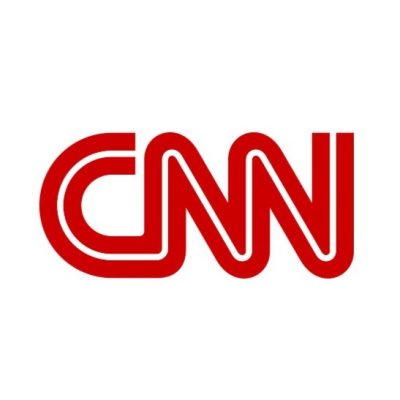




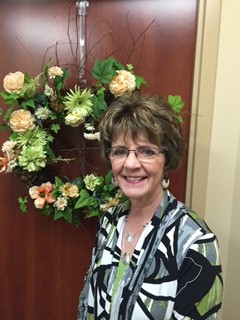
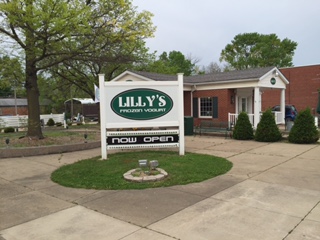
 ays.
ays.